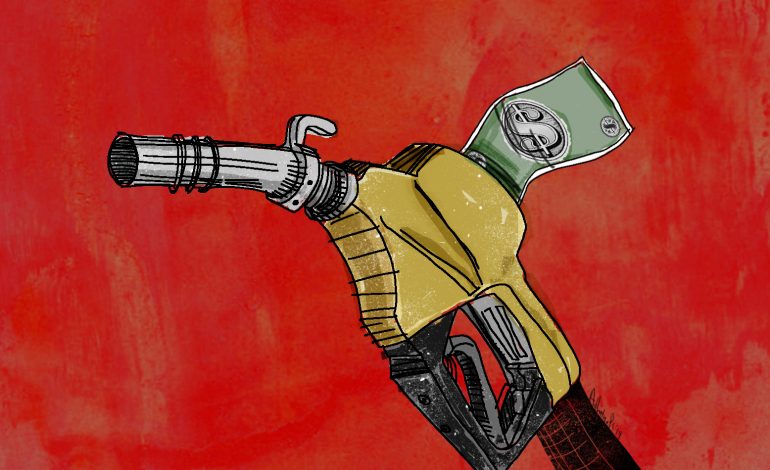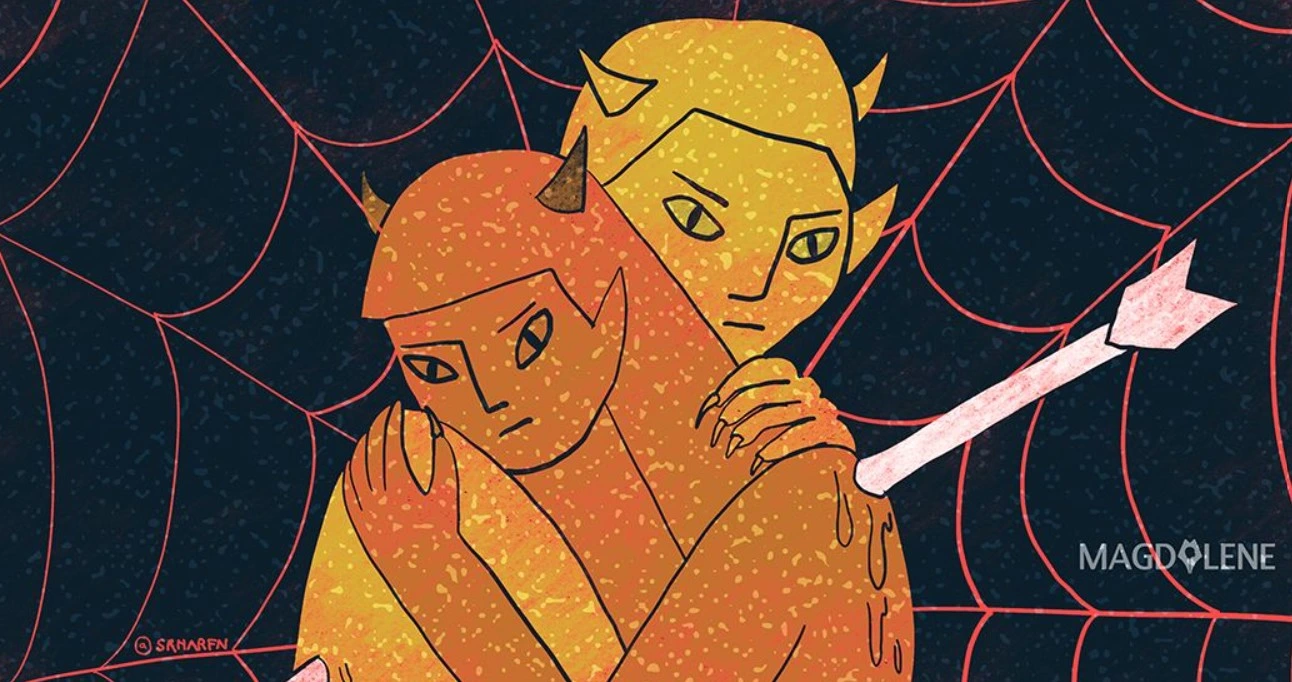Numbers Matter: Why Indonesia Can No Longer Afford Fuel Subsidy

Any plan to increase fuel prices has never failed to spark protests, with people condemning the policy as not siding with those in the low-income bracket. It’s not surprising that while the policy is important to balance the country’s budget, it’s an unpopular move for the nation’s leaders. Even former President Susilo Bambang Yudhoyono was reluctant to do it.
We often joinly damn the government for increasing fuel prices. We are unaware of, or perhaps ignoring the fact that we contribute to the balooning fuel subsidy by diverting the money that could have been used to build more hospitals, schools and roads. All we care about is how higher fuel prices will inflate prices of goods and services (not to mention, make the lives of millions gas-guzzlers miserable because they have to pay more for the petrol).
President Joko Widodo who has just taken the office will have to do this inescapable task of gradually phasing out fuel subsidy. So before we condemn him of ignoring the plight of his people, below are some numbers to think off.
73 million kiloliters – the amount of fuel Indonesia consumes in 2013 or roughly 61 times of Netherlands’s annual beer production
About two-third of this amount was subsidized fuel and the rest was non-subsidized oil products. Gasoline for private cars account for more than 60 percent of subsidized fuel allocation, according to data from state-owned energy company Pertamina. Consumption for subsidized gasoline grows at 9 percent a year as more Indonesians buy cars in line with improving welfare.
45 percent – proportion of imported oil products of the total annual fuel consumption in Indonesia
Imports? Yes, imports. Our crude oil production can only fill up half of Indonesia’s oil refinery capacity of about 1 million barrels a day. Half of the crude oil demand to be processed into gasoline and diesel oil to start your cars has to be imported. On top of that, our own refineries don’t make enough petroleum products, also made from imported crude oil. That means we import both crude oil and oil products daily to meet domestic fuel demand. This leads to the question: what happened to our supposedly abundant fossil-fuel resources often cited by analysts?
10 years – the remaining time that Indonesia’s oil reserves can provide at current production rate and without new discovery
Remember when we’re in primary school or junior high in the 80s or 90s, when our school textbooks proudly declared that Indonesia was a member of the Organization of Petroleum Exporting Countries or OPEC? Well, not since 2008. News flash: we’re not an oil-rich country. With 250 million people, Indonesia only has 3.7 billion barrels of oil reserves in 2013 that may only last another 10 years at current production rate and without new discovery, according to data from Indonesia’s upstream oil and gas regulatory body SKK Migas. In comparison, Saudi Arabia, which has less than 30 million people, has 267 billion barrels of oil reserves. Oil, if you remember your Science 101 lesson, is not renewable energy resource. When it has dried out, we can’t produce it again. Billions of dollars need to be spent to drill and find new oil reserves. The era of cheap fuel is over. We were an OPEC member not because we had abundant oil reserves, but because our consumption had been low up until mid-2000s. The outlook is bleak. Indonesia’s oil production is forecast to fall to 600,000 barrels a day in 2020 without any new reserves
More than Rp 200 trillion – the amount of fuel subsidy increase this year.

Fuel subsidy will be increased to Rp 291 trillion from Rp 247 trillion this year, among others to subsidize gasoline and diesel oil. This is nearly four times of the funds set aside for the health sector. Indonesian motorists buy subsidized gasoline at Rp 6,500 per liter, which is less than the price of widely-consumed medium rice of Rp 7,500 per liter. If many of us can pay millions of rupiah for monthly installment to buy new cars, would it be fair to pay gasoline at less than half of the price of a pack of cigarettes?
In his electoral campaign, the President said that the Rp 291 trillion allocated for fuel subsidy could give us:
- 5 MRT projects
- 9 double track railway projects
- 16 modern new airports like Kuala Namu in North Sumatra
- Rp 1.5 billion per village to 65,714 villages
These are just a few examples. Trillions of rupiah in fuel subsidy can build hundreds of schools and hospitals, instead of going up in a smoke. Yes, life will be a bit harder with higher fuel prices. We may not be able to go out by cars as often. We may have to commute in inhumanely packed busses or commuter trains. But it’s the consequences that we have to face after being spoiled for decades with “cheap fuel”.
Dini Respati is a freelance writer who also does volunteer works from time to time at animal shelters.






















